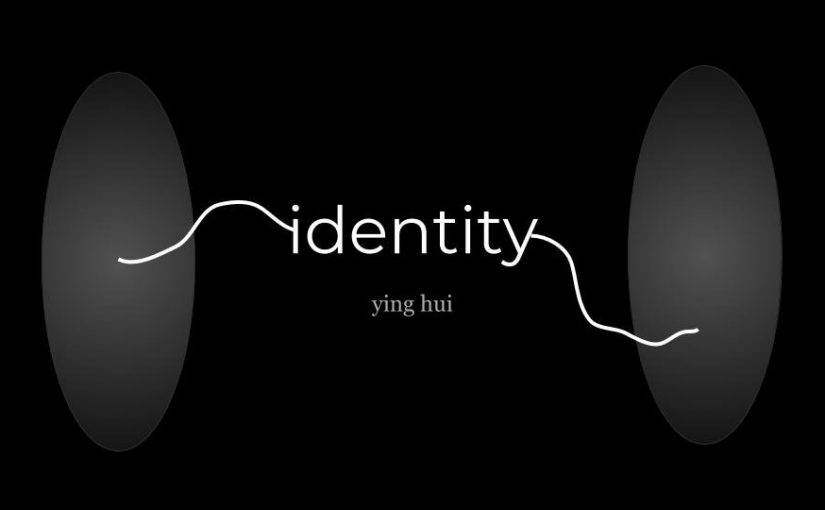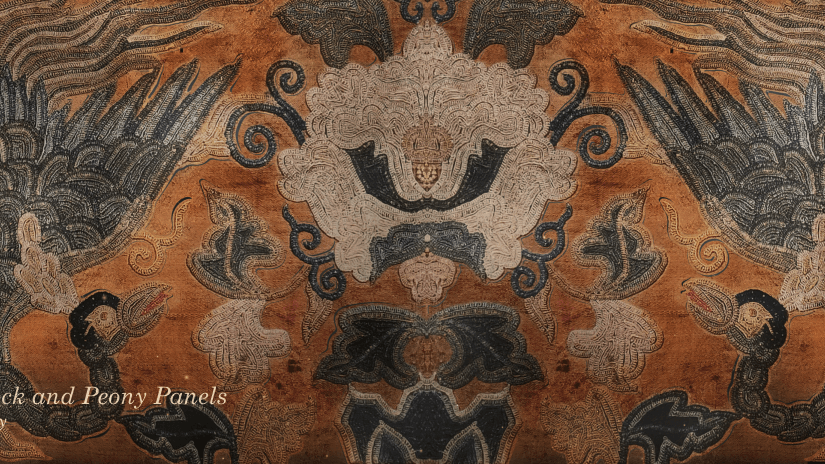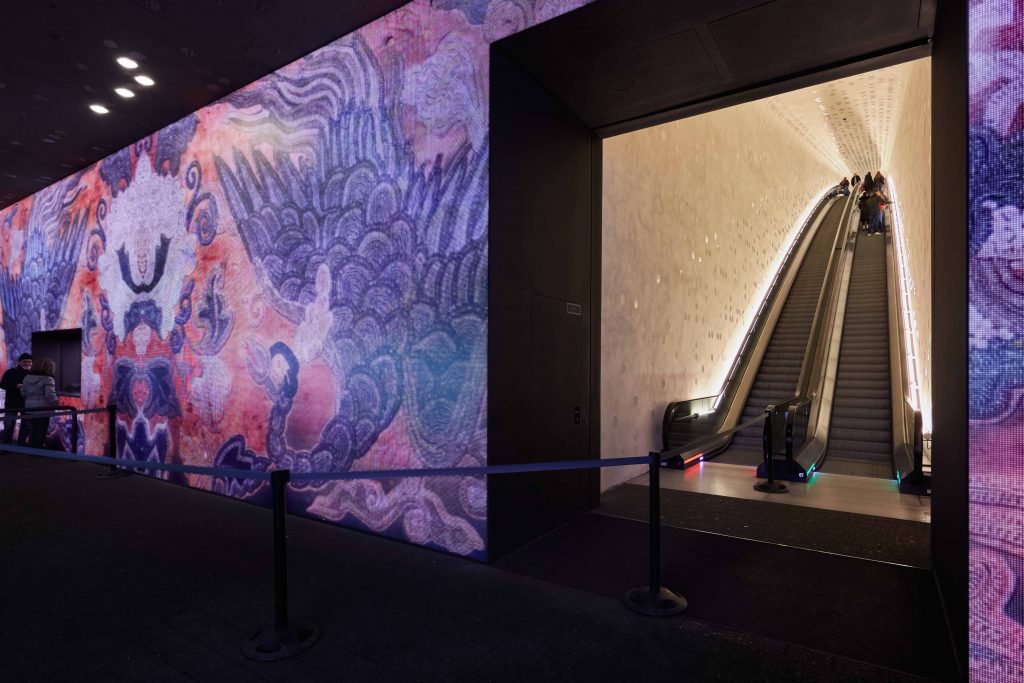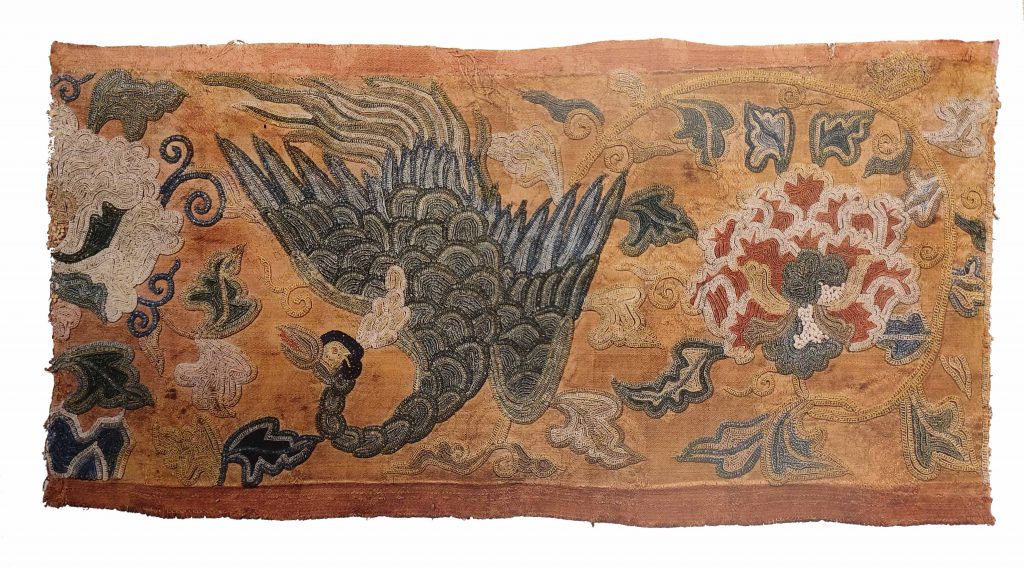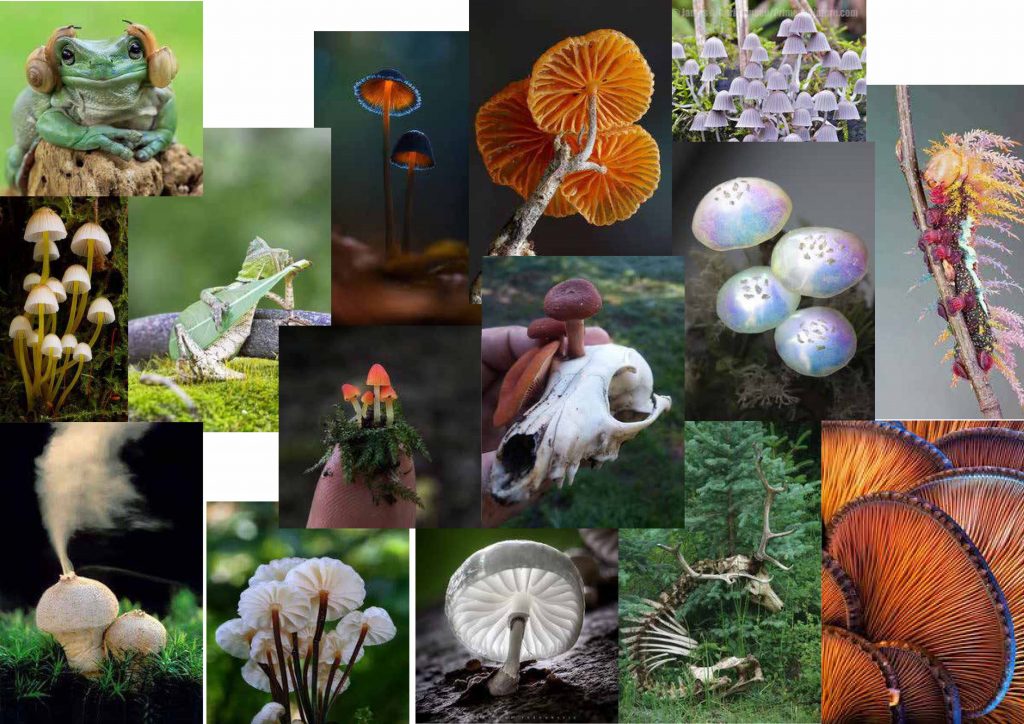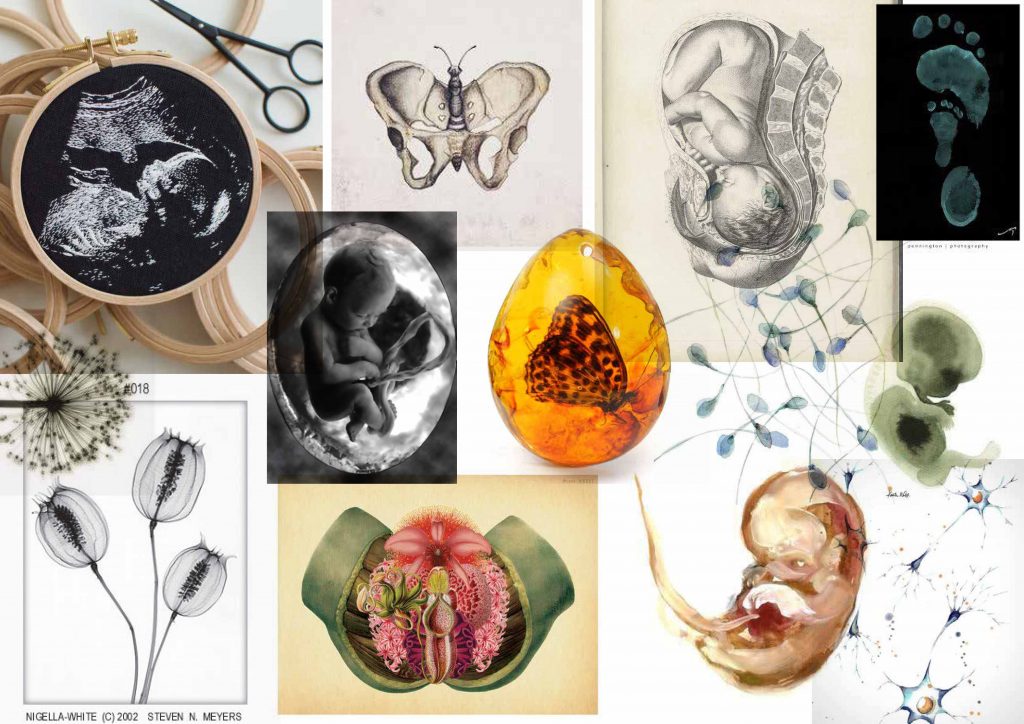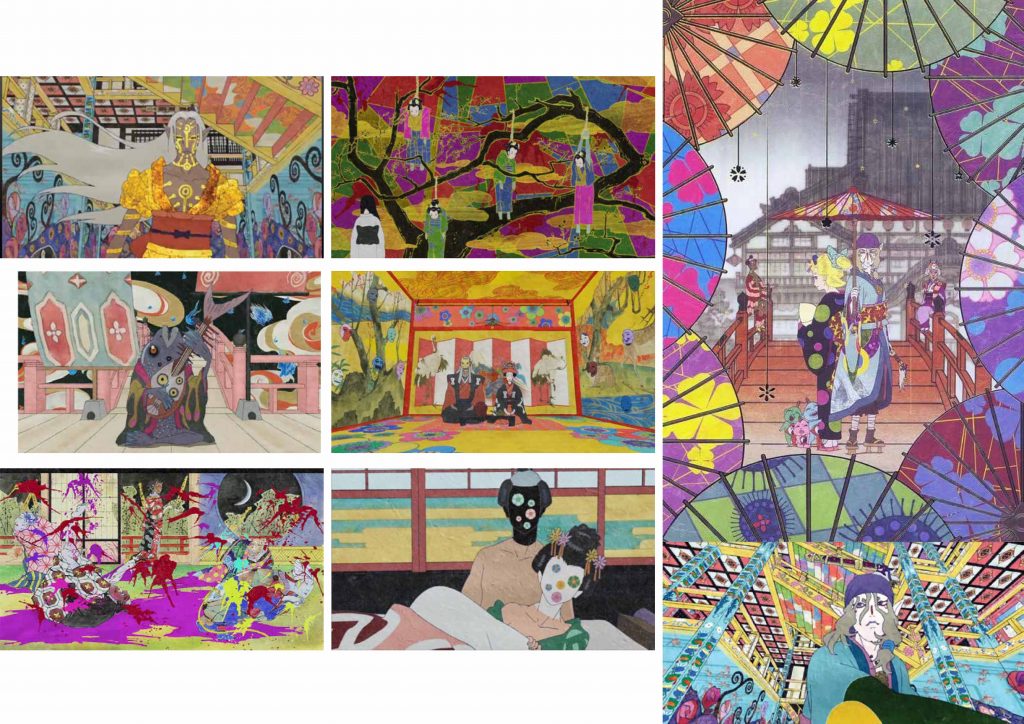Eastgate Centre in Zimbabwe

This is an example of biomimicry in the field of architecture, borrowing the natural interior structure of African termite nests to create sustainable buildings. The Eastgate centre has managed to achieve 10% less energy consumption compared to other conventional buildings its size. That is an impressive feat to be able to regulate temperature of a mid-rise building without air-conditioning or heating.
So how do these self-cooling mounds work?

Cooling Vents!
African termites feed on a fungus that they farm in their mounds and these fungus can only grow at 87 degrees F. Since the climate in Africa ranges from 35 degrees F at night to 104 degrees F during the day, the termites invented a series of cooling vents to maintain the interior temperature of the mound.
Through constant opening and closing of these vents, the termites are able to suck in air at the lower parts of the mound, through the tunnels and up to the peak. These vents are also always under construction as new ones are constantly being built and old ones are plugged up. It is a brilliant way to regulate temperature naturally considering that hot air rises up and cool air sinks.

Despite that, it should be noted that the series of vents are regulating the temperature and not exclusive to cooling. The system also works with other materials as the Eastgate Centre is made out of concrete. The outside air that is drawn in can be warmed or cooled by the building mass depending on which is warmer. Similar to the termite mounds, the air is through the multi-storeys and offices before exiting out the chimneys at the top.
The energy sustainable building not only benefits the environment but also the people. The owners of the Eastgate centre saved $3.5 million for air-conditioning that was omited from the design and this helped the tenants with 20% lower rents than it neighbours. Both an climate and economic solution.
Reference:
https://biomimicry.org/biomimicry-examples/
https://inhabitat.com/building-modelled-on-termites-eastgate-centre-in-zimbabwe/
https://asknature.org/strategy/mound-facilitates-gas-exchange/#.VB52Ry5dUa0
